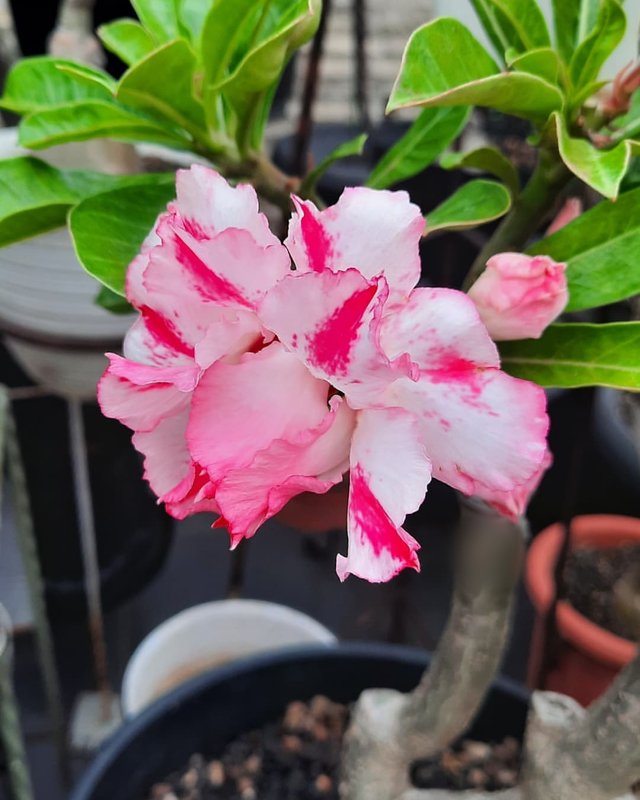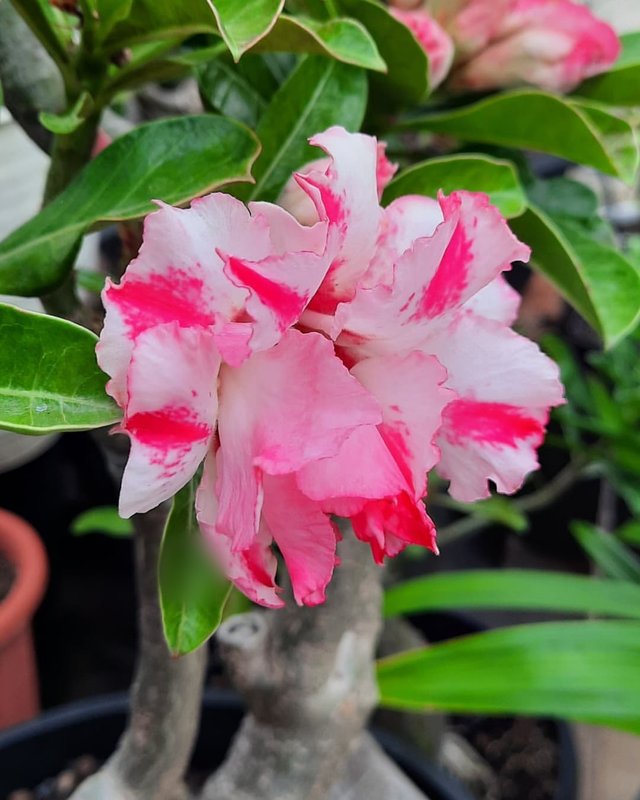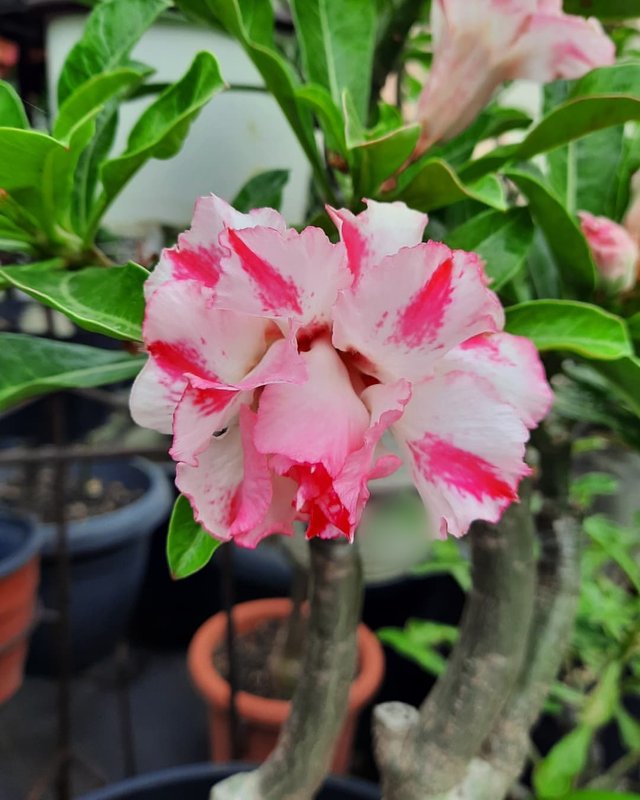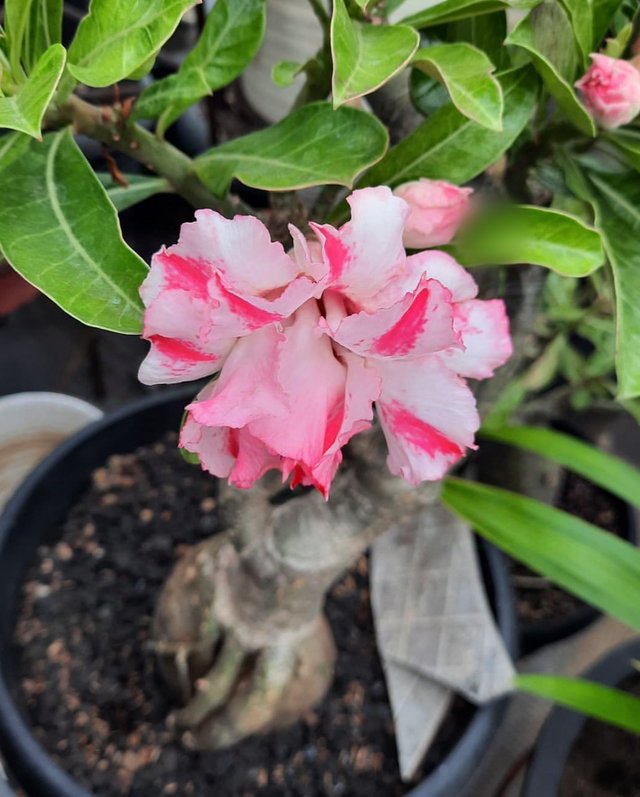Adenium Obesum So Beautiful Flower
Adenium Obesum: The Desert Rose – A Comprehensive Guide
Introduction
Adenium obesum, more commonly known as the Desert Rose, is a stunning flowering succulent that has captivated plant enthusiasts around the world with its striking appearance and unique growing habits. Native to arid regions of Africa, including the Arabian Peninsula and parts of East Africa, Adenium obesum is prized for its sculptural form, vibrant flowers, and resilience in harsh conditions. Despite its name, it is not a rose but belongs to the Apocynaceae family, the same family as oleander and plumeria.
In this comprehensive post, we'll delve into everything you need to know about Adenium obesum, including its characteristics, care requirements, propagation techniques, common issues, and its cultural significance.
Characteristics of Adenium Obesum
Caudex Structure One of the most distinctive features of Adenium obesum is its thick, swollen stem base, known as the caudex. This adaptation allows the plant to store water and survive extended periods of drought, making it well-suited to arid environments. The caudex often develops fascinating, twisted shapes that add to the plant's architectural appeal.
Foliage The leaves of the Desert Rose are usually smooth, glossy, and lance-shaped, with a rich green color that contrasts beautifully with its flowers. The foliage grows on the tips of the branches, which often gives the plant a bonsai-like appearance.
Flowers The Adenium’s flowers are undeniably its most striking feature. These blooms are trumpet-shaped and come in a variety of colors, ranging from deep reds and pinks to pure white and even bi-colored varieties. The flowers are large and often bloom in abundance, covering the plant in vibrant color. The flowering season typically occurs in spring and summer, although with proper care, Adenium obesum can flower year-round in tropical climates.
Size In the wild, Adenium obesum can grow up to 10 feet tall, but when cultivated in pots or as bonsai, it typically remains much smaller, between 1 and 3 feet. Its compact size makes it an ideal candidate for container gardening or indoor cultivation in regions with colder climates.




